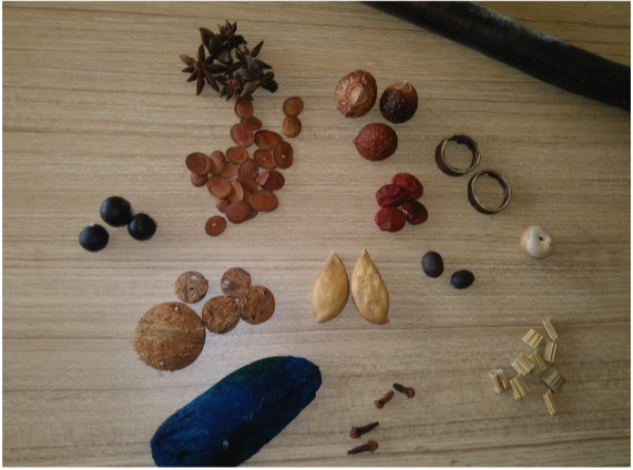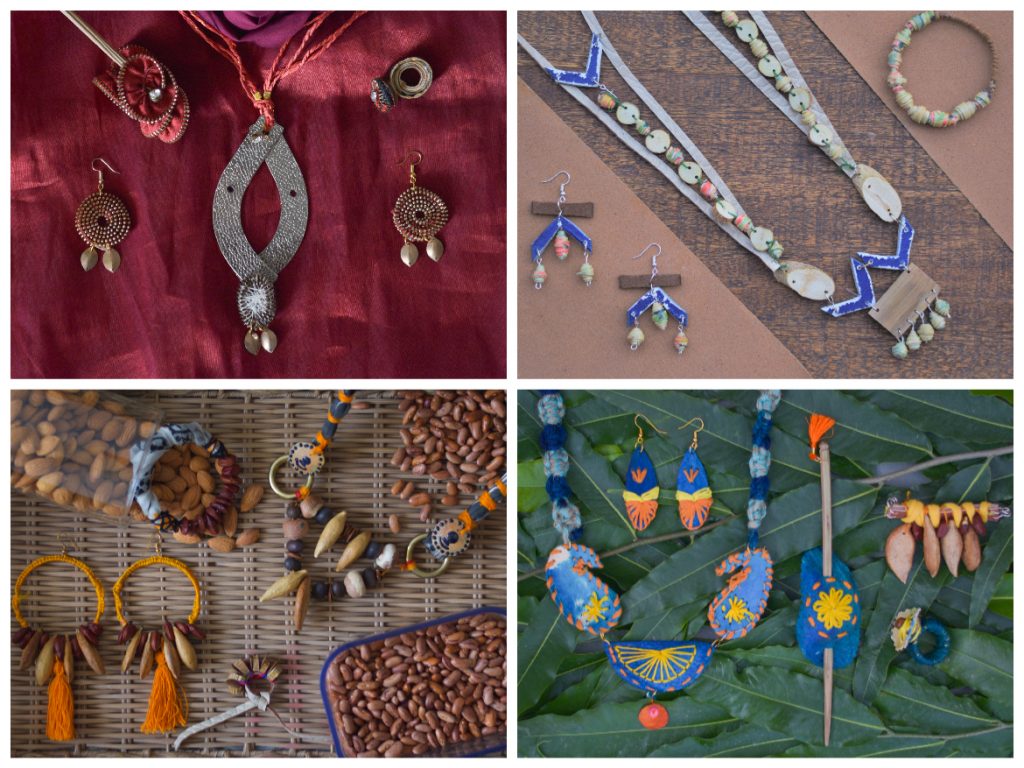IB Middle Years Programme (MYP) students from DPS International reflect on the opportunity to create sustainable clothing and jewelry from waste material.
MYP studies provide opportunities for teachers and students to integrate skills and take principled action through the units in various subjects. Focusing on the philosophy of sustainable design as the theme of the year for DPS International, the design and performing arts department worked together to develop ways to reuse, recycle and up-cycle waste through skillful, sensitive designs and performance.
The inquiry through brainstorming led budding designers of MYP Year 3 to think of designs which would leave an impact on the community, and materials that are seen as trash could be up-cycled. This supported the unpacking of the statement of inquiry; ‘Designers have a responsibility to consider sustainability when consuming resources to develop a solution’ and the exploration of the global context ‘Globalization and sustainability’.

MYP students undertook this project as part of their unit of product design and theatre, to give a new lease of life to the waste from the cafeteria, garden, and hand-me-downs. The student’s kick started the project by organizing a collection drive in the school for waste material that was considered trash. Up-cycling bins were put all over the campus, and the staff and student community were sensitized and asked to donate old clothing, accessories, and bags.
The young designers then applied their research skills and inquired about the various kinds of waste generated in the school campus, particularly in the cafeteria, office, and gardens through surveys, interviews, and observations which could become the potential raw material for creating jewelry pieces. After scouring the items collected in the up-cycling bins, they started developing ideas through sketches for the dresses and jewelry pieces, often deconstructing, combining and accentuating garments to create and style fresh looks.
The design and theatre facilitators at DPS International supported students in organizing their time and resources through the feedback they needed in acquiring new skills like stitching, embroidery, macramé, etc to bring the pieces together. They did a thorough search of the piles of clothes to choose fabric and motifs for their costumes.
It was wonderful to see how bits and pieces from all these piles were turned into creative dresses. This process also led them with the planning for the performance they wanted to present to the wider community, namely the parent community. Thus began the conceptualization of ‘The Trashion Show’, a show to demonstrate trash turned into fashion ensemble.

The 2-month long process provided students an opportunity to illustrate creative thinking skills in culminating 13 unique dresses and jewelry pieces that showcased tasteful up-cycling of the collected trash.
Special attention was paid to keep the use of synthetic adhesives, color dyes, pigments to a minimum. Some of the pieces were completely biodegradable and most of the dresses were meticulously hand-stitched by students. The Trashion Show allowed students to express their creative ideas, by proudly wearing their jewelry and dresses and walking with confidence on stage. The iterative process of design in MYP is building a future generation that is constantly reflecting on the impact of their actions on the environment and communities.

